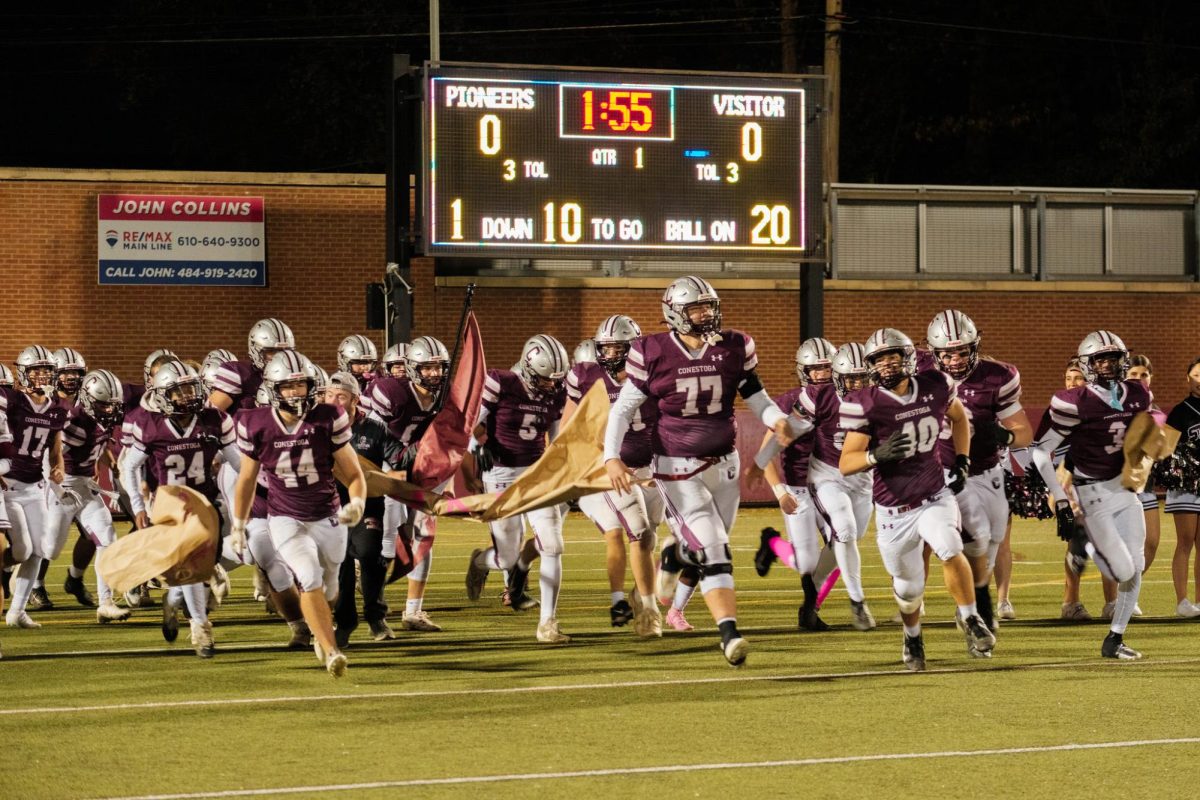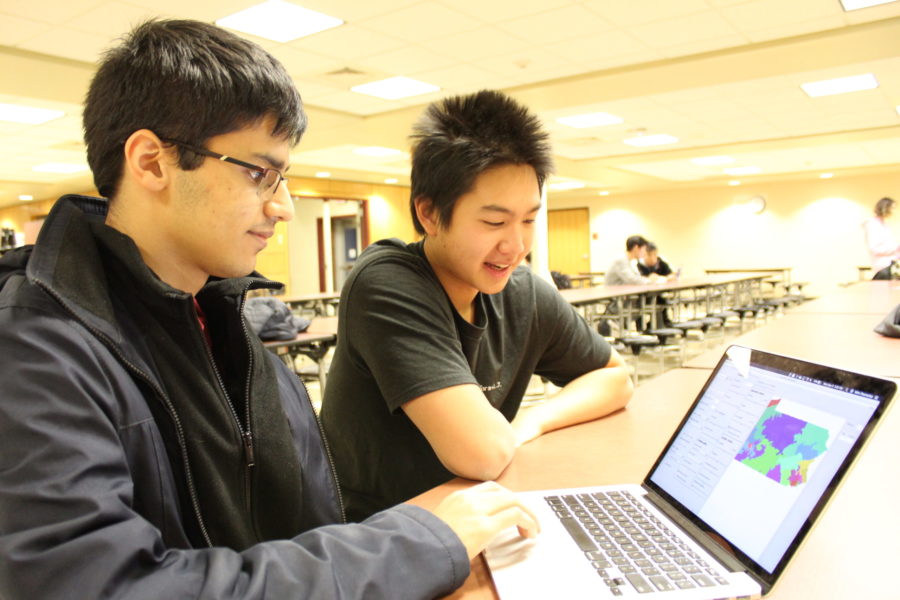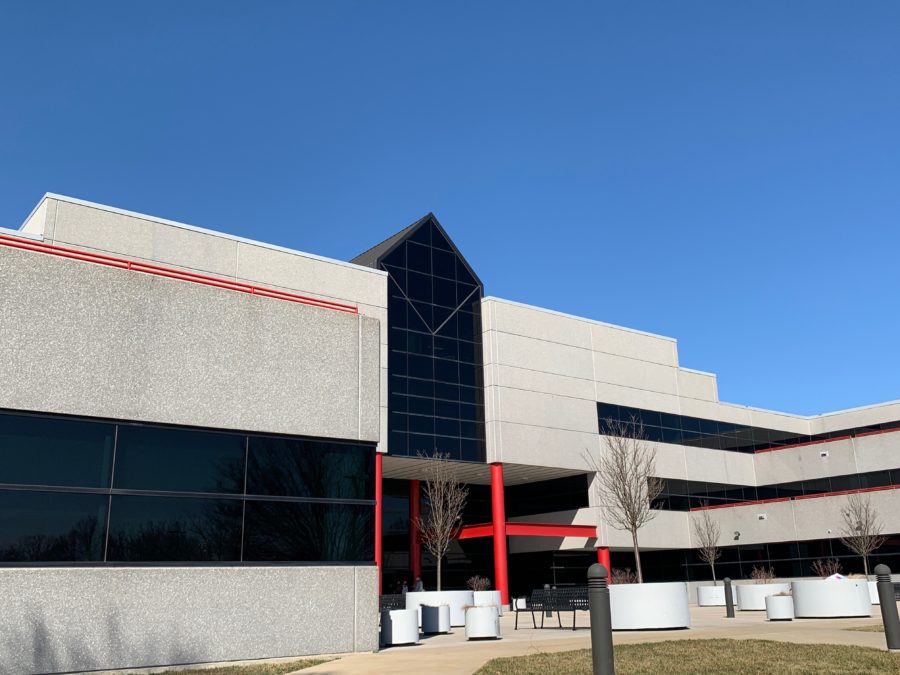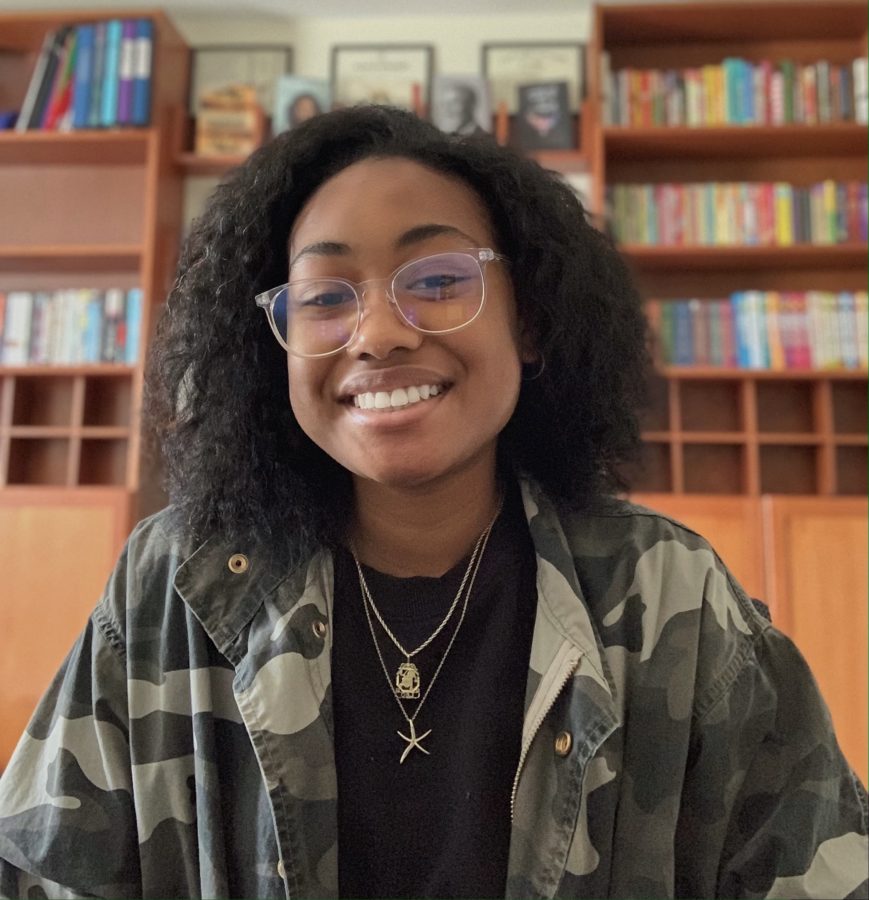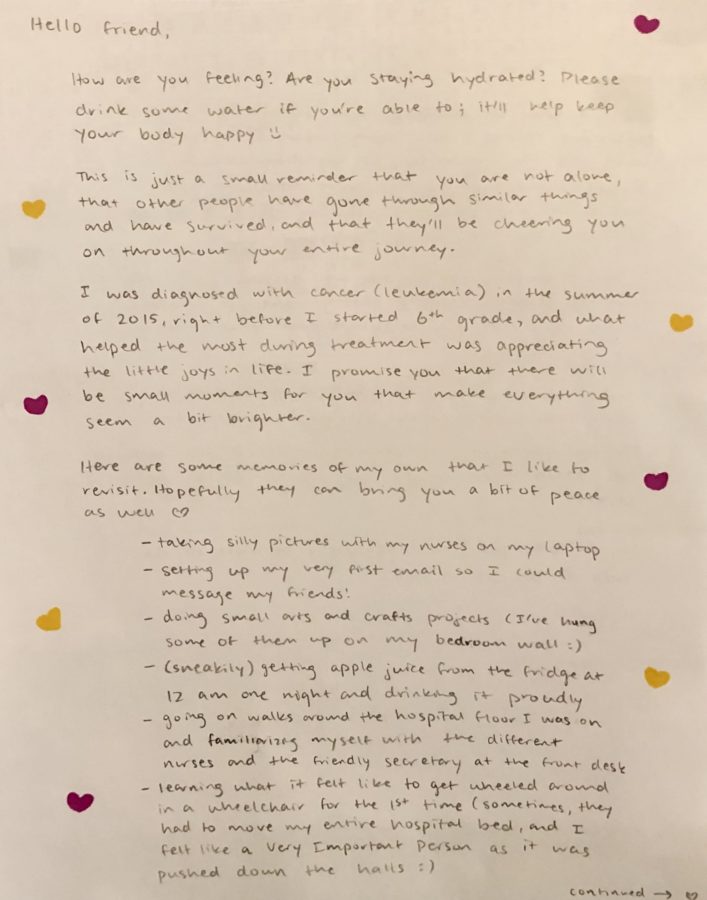When senior Mihir Dhamankar first learned about politics and gerrymandering in 6th grade, he was instantly interested. Later, during the 2016 election, senior Kevin Wu became fascinated with politics. By using their interests to successfully create a map redistricting Pennsylvania to better combat gerrymandering, Dhamankar and Wu became first runners-up for the youth section of the state’s Eastern region in a contest run by Draw the Lines PA, a civic education and involvement initiative for Pennsylvanians.
In the spring of their junior year, students in David Anderson’s AP Government class were presented with the task of completing a civil engagement project. After seeing the link for the Draw the Lines PA competition on Schoology, Dhamankar thought it was “the perfect topic” and teamed up with Wu to enter the competition. Little did they know, Dhamankar would soon be in Harrisburg (Wu was not able to attend) with Sen. Andy Dinniman, receiving certificates, prize money and recognition.
The original motive behind the civic engagement project is to give students the opportunity to explore diverse ideas and engage in the political process.
“I think that student exposure to ideas that are different than their own is extremely important during high school. One of the things we talk about in all of government classes is this idea of political socialization and how people come to the beliefs and ideas that they have,” Anderson said.
Dhamankar began by creating an online survey asking Pennsylvanians about what map features — population, topography, political party — they thought were most important. Over 160 people from 66 different counties completed the survey, and their answers heavily influenced the final map.
“My goal was to use these parameters to influence our decision making,” Dhamankar said.
Throughout the process, Dhamankar and Wu used an open-source redistricting software called Auto Redistrict, which allowed them to set parameters and estimate boundaries, which Wu later manually adjusted. They also used the software’s website, which had useful information on redistricting algorithms. Finally, they used the contest’s website, which included resources with information on how to properly draw a map as well as examples of winning maps from past years.
“Making sure to keep to natural geographic boundaries is tough, particularly in keeping districts competitive and counties mostly unruptured,” Wu said. “The most difficult aspect was definitely dealing with cities — the original concentric regions we had were poorly implemented and eventually replaced with more aesthetic, longer regions.”
The issue of gerrymandering (manipulating the boundaries of an election vote map to favor one party over another) provided the main fuel for inspiration and rationale for Dhamankar and Wu.
“Voting is the most effective solution for change, and we need fair elections in order for the will of the people to be exercised. We both realized the most important things to optimize were the requirements of contiguousness and equality of population,” Dhamankar wrote in his submission.
Wu expressed a similar sentiment regarding gerrymandering.
“Gerrymandering is one of the most important issues of representation in politics,” Wu said. “I think politics has given me increased perspective on how life works — the ideas (in politics) involving power and power dynamics exist everywhere we look.”
Their passion and hard work paid off, and the two finished as first runners-up in the Eastern region’s youth division of the contest along with two other participants. Roughly a hundred adults and youths from the central, eastern and western regions of Pennsylvania competed. Dhamankar described his reaction as simply “surprised.” Wu felt rewarded, emphasizing the importance of understanding gerrymandering.
“Although the project was inspired by a contest, I think it’s important not to place a focus on the competition itself, but rather on the process and what can be learned from it,” Wu said.

















































